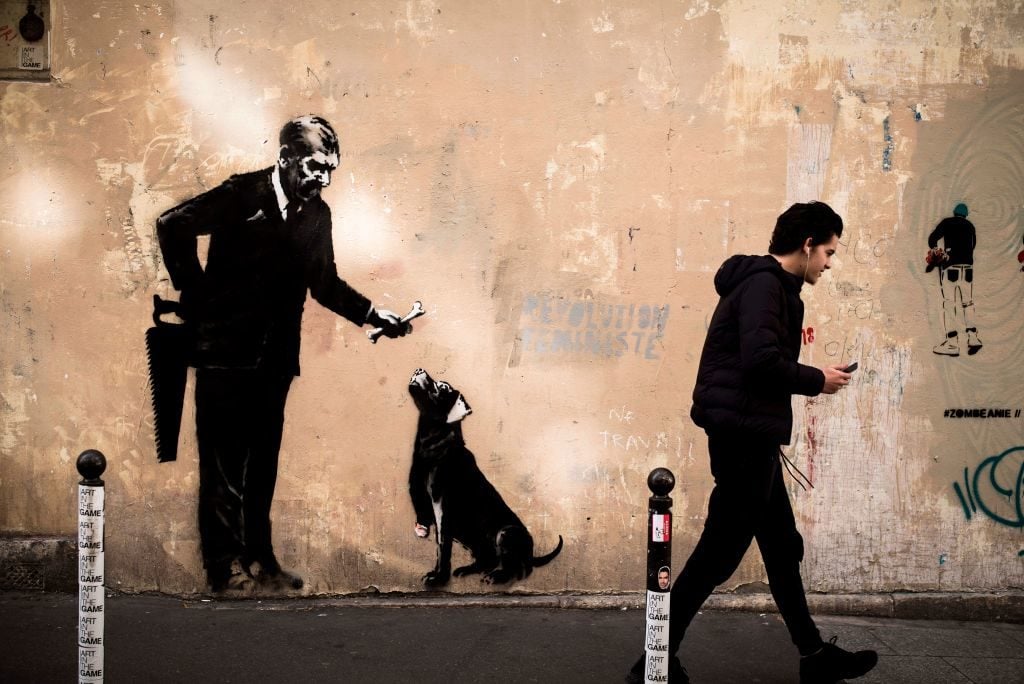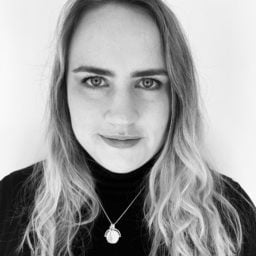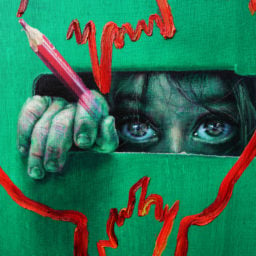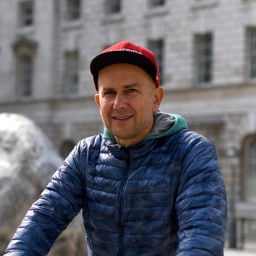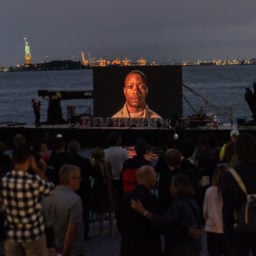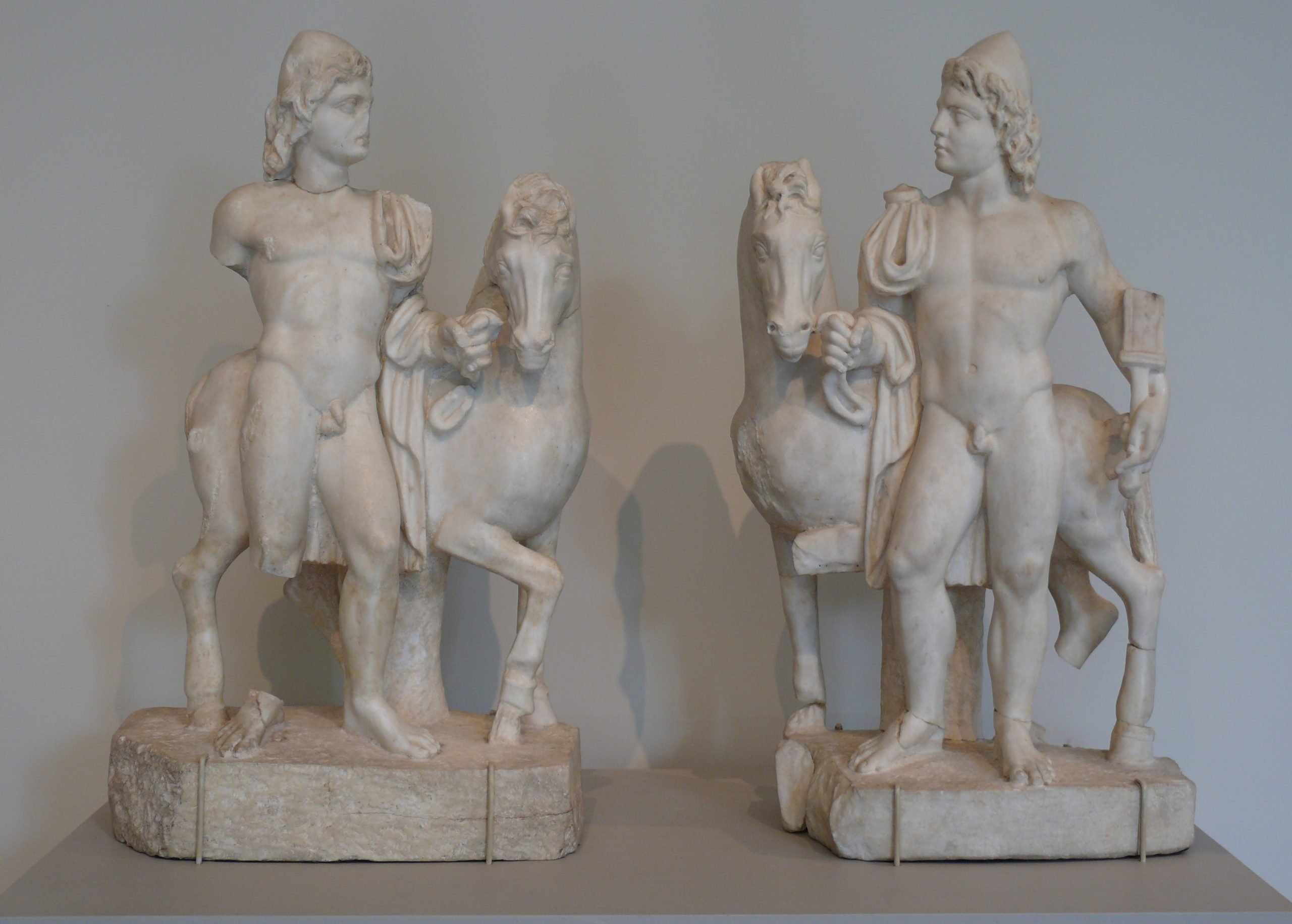Banksy may be visiting the City of Lights, but he didn’t come for romance. Aiming at France’s refugee crisis, the anonymous British street artist appears to have targeted Paris with at least three murals and several of his signature rats in various locations. It is the first time the artist has hit the French capital with his brand of social and political commentary.
Appropriately enough, the first of the new works was discovered by Parisians on World Refugee Day, June 20, near the Porte de la Chapelle metro station in the North of Paris, where the city’s refugee reception center “La Bulle” (The Bubble) was once situated. The center provided housing for between 2,000 and 3,000 refugees until French president Emmanuel Macron closed it last year. The migrants living there were bussed to temporary shelters elsewhere, but many are now reportedly sleeping on the streets of Paris. In the past three years, nearly 40 makeshift refugee camps in the capital have been razed to the ground by French authorities.
Similar to his 2008 work Go Flock Yourself, Banksy’s new mural shows a young girl spray-painting a flowery pink wallpaper pattern over a swastika on the street, beautifying the dismal area next to her sleeping bag and teddy bear. The work could be interpreted as a comment on anti-immigrant policies and the rise of the far right, as well as a reference to the very real situation of young migrants living on the streets.
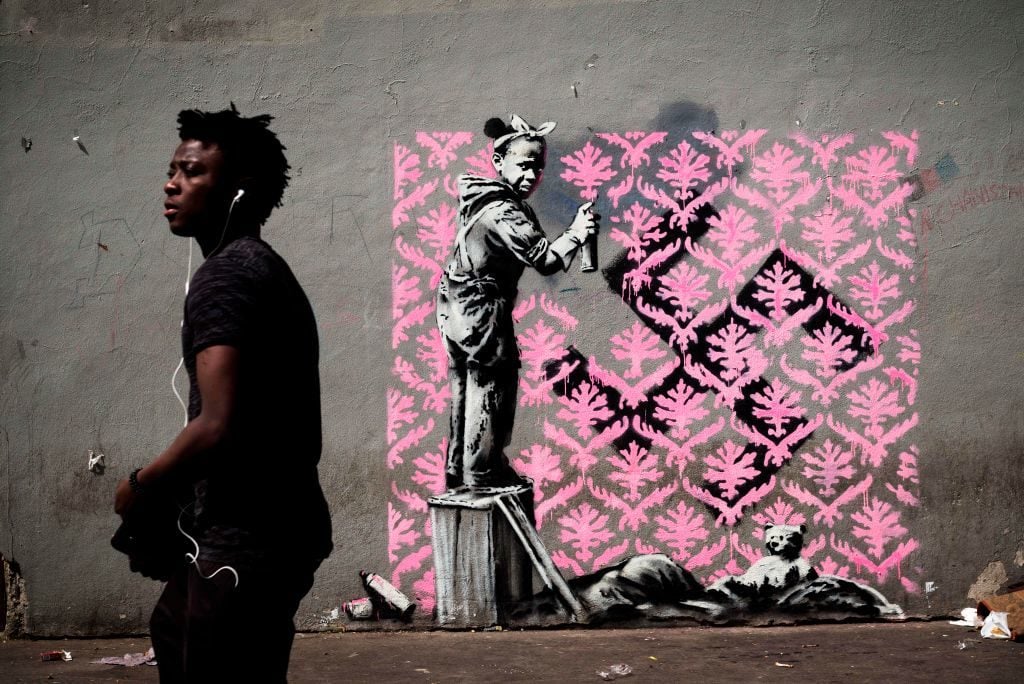
A man walks past a recent artwork by street artist Banksy in Paris on June 24, 2018. Photo by Philippe Lopez/AFP/Getty Images.
Another mural purportedly by the artist takes aim at the French establishment. Found in the city center, it depicts a besuited businessman offering a bone to a hungry-looking three-legged dog, the front leg of which appears to have been recently cut off. The man is concealing a handsaw behind his back, which he presumably used to saw off the dog’s leg, before distracting the animal with a bone.
A third work elsewhere in the city references Jacques-Louis David’s Napolean Crossing the Alps. Instead of Bonaparte, however, Banksy’s rider looks almost comical: A red cape blows back over the rider, covering their face, suggesting perhaps that the country’s leadership is blind. The red cape might also reference the country’s so-called “Burka Ban,” which was introduced by the French government in 2010. The law prohibited the covering of the face in public, including with religious garments such as the full burka or niqabs worn by some female Muslims.
One commentator on Instagram placed the two works side by side, writing: “The blind leading the country!”
Banksy also stenciled his signature rats in different places around the city. The artist’s rats were influenced by the Parisian street artist Blek Le Rat and are widely interpreted to be stand-ins for the ordinary working class people of the world. The rats interact with the local environment, such as building façades and graffiti. Some reference the pivotal May 1968 period of civil unrest that began with student protests and eventually ended up grinding the country’s economy to a halt.
In one piece discovered on the Left Bank of the Seine near the Sorbonne University, a rat sits beneath the words “May 1968.” The number eight is turned on its side, perhaps signaling the decline of the city’s revolutionary spirit. The number also resembles Disney-esque mouse ears, as the rat below sports Minnie Mouse’s polka-dot bow. (Disneyland Paris is one of the city’s biggest employers.) In another work, a rat sits astride a champagne cork as it rockets into the atmosphere, and elsewhere a rat appears to be plotting to blow up a billboard.
Banksy, who usually claims his works on his website, has not yet confirmed that the new Paris works were indeed painted by him, and none of the works are signed. artnet News has reached out to the artist’s handling and authentication company Pest Control but had not received a response by press time.
It wouldn’t be the first time the artist has taken on issues related to the treatment of refugees. In 2015, he took his paint to the port city of Calais, the home of the notorious “Jungle” refugee camp that has since been razed by authorities. There the artist pained a mural reminding authorities that the late Apple CEO Steve Jobs came from a family of Syrian migrants. In another Calais mural, he referenced The Raft of the Medusa by the French Romantic painter Théodore Géricault, alluding to the fate of the hundreds of thousands of migrants attempting to cross the English Channel to reach the United Kingdom. More recently, in 2017, the artist created an anti-Brexit mural on the British side of the Channel at Dover.
Follow Artnet News on Facebook:
Want to stay ahead of the art world? Subscribe to our newsletter to get the breaking news, eye-opening interviews, and incisive critical takes that drive the conversation forward.
